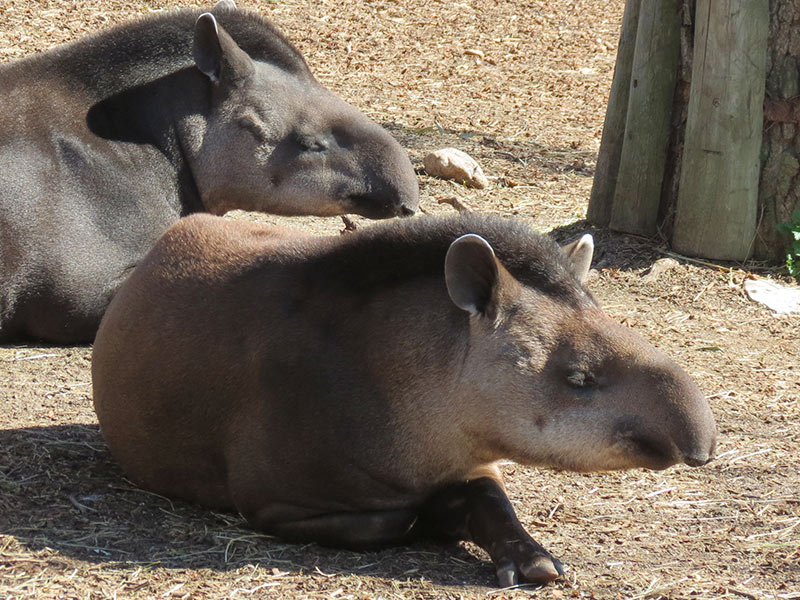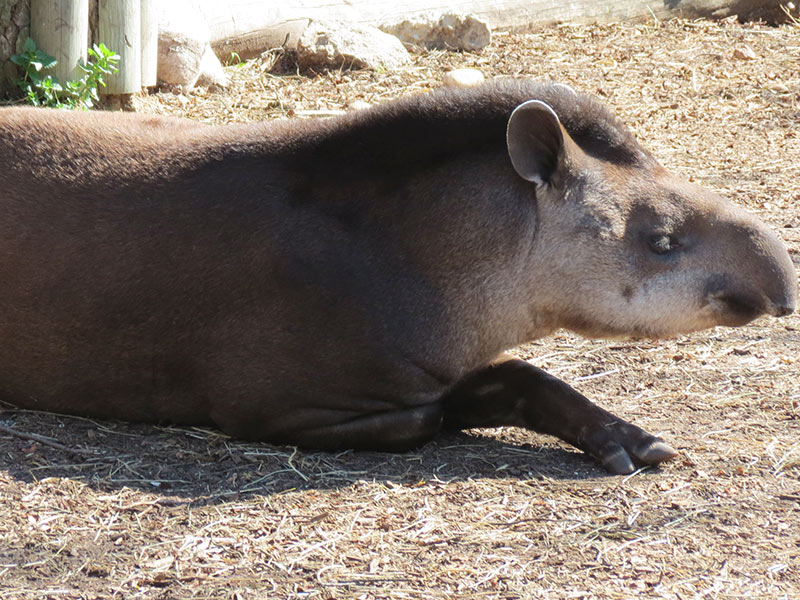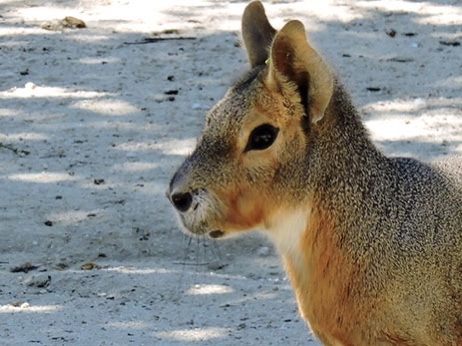It may seem strange, but this animal is a distant relative of species such as the rhinoceros or the horse.
It has, for example, a thin muscular crest like a mane, from the forehead to the shoulders, (which also helps it to protect itself from the bites of its predators). It is a robust mammal, with a thick neck, cylindrical appearance and short cinnamon-colored fur that allows it to go unnoticed in the shady forest.
The tropical and subtropical forest, between 200 and 1,500 meters above sea level, is its natural habitat (Colombia, Venezuela, Paraguay, northern Argentina). The most developed senses of the Amazonian tapir are hearing and smell.
Although its main enemy is the jaguar, hunting and the destruction of its environment have made it vulnerable.
The Amazonian tapir leads a solitary and nocturnal life. Despite its size, it is difficult to see it in its territory, which it marks with urine when it goes for a walk. It usually lives near watercourses, where the vegetation is more tender. It feeds on leaves, branches, shoots, grasses and fruits.
The female has a gestation period of 13 months and reaches sexual maturity at 2-3 years of age.
















